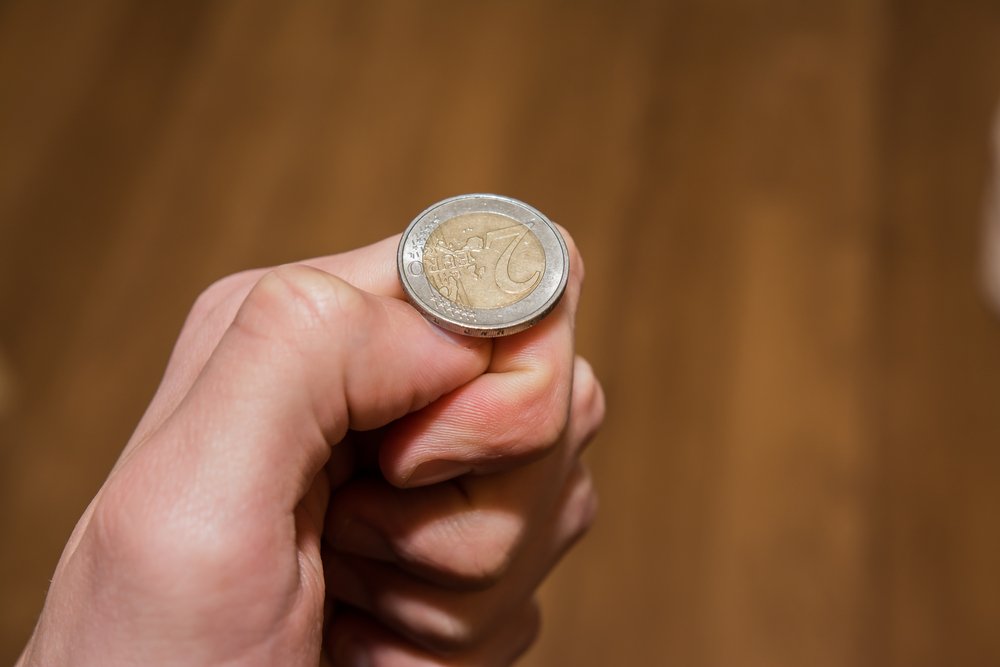Flipping a coin is a classic way to make decisions or test luck, but what happens if you flip a coin 100 times? Will it always be a perfect 50-50 split between heads and tails, or does chance have more surprises in store? In this article, we’ll dive into the science, math, and fun behind this experiment, revealing what you can expect

The Basics of Coin Flipping
A coin has two sides—heads and tails—each with an equal 50% chance of landing face up. So, what happens if you flip a coin 100 times? In theory, you’d get 50 heads and 50 tails. But real life isn’t always so tidy, and that’s where the excitement begins.
Probability in Action
When asking what happens if you flip a coin 100 times, probability gives us a starting point. With 100 flips, the expected outcome is 50 heads and 50 tails. However, probability isn’t a guarantee—it’s an average over many trials. In a single set of 100 flips, you might see 47 heads and 53 tails, or even 60 heads and 40 tails. Randomness rules the short term.
The Law of Large Numbers
Here’s a key answer to what happens if you flip a coin 100 times: the more you flip, the closer you get to that 50-50 split. This is called the Law of Large Numbers. While 100 flips might still show some imbalance, flipping 1,000 or 10,000 times would smooth out the results, hovering near 50%.
Real-Life Experiments
Curious about what happens if you flip a coin 100 times in practice? Studies and casual tests often show slight deviations. For example:
- A student might get 48 heads and 52 tails.
- Another try could yield 55 heads and 45 tails.
These quirks are normal—perfect balance is rare in small samples like 100 flips.
What’s the Wildest Outcome Possible?
So, what happens if you flip a coin 100 times and get all heads? It’s unlikely but not impossible. The odds are 1 in 2^100 (a number with 30 digits!), making it a statistical miracle. More realistically, you’ll see runs—like 7 heads in a row—mixed with typical ups and downs.
Why It Matters
Understanding what happens if you flip a coin 100 times isn’t just fun—it’s a window into probability, used in science, gaming, and decision-making. It shows how chance behaves over time, blending predictability with surprise.
Try It Yourself
Want to test what happens if you flip a coin 100 times? Grab a coin, flip it 100 times, and track the results. Or use an online simulator for speed. You’ll likely see a near-even split with a twist of randomness—proof that luck keeps things interesting.
Conclusion
So, what happens if you flip a coin 100 times? You’ll get a mix of heads and tails, probably close to 50-50, but rarely exact this simple experiment still captivates us, blending math with the thrill of chance. Flip a coin and see for yourself—what will your 100 flips reveal?